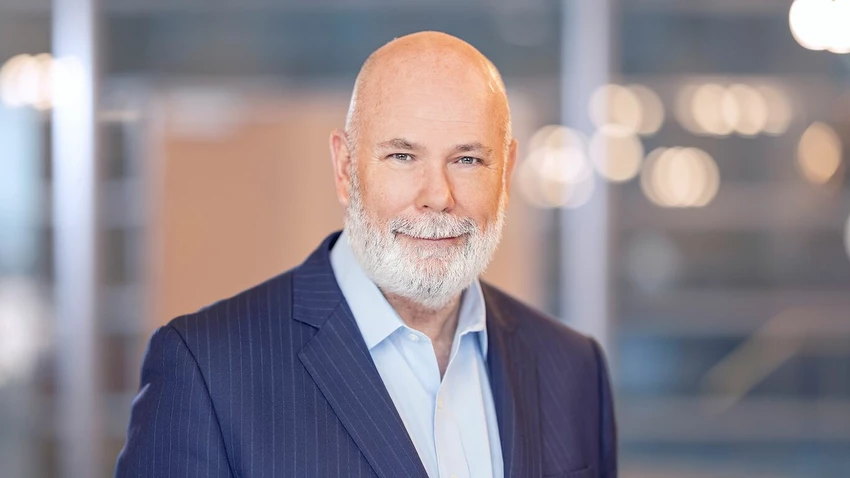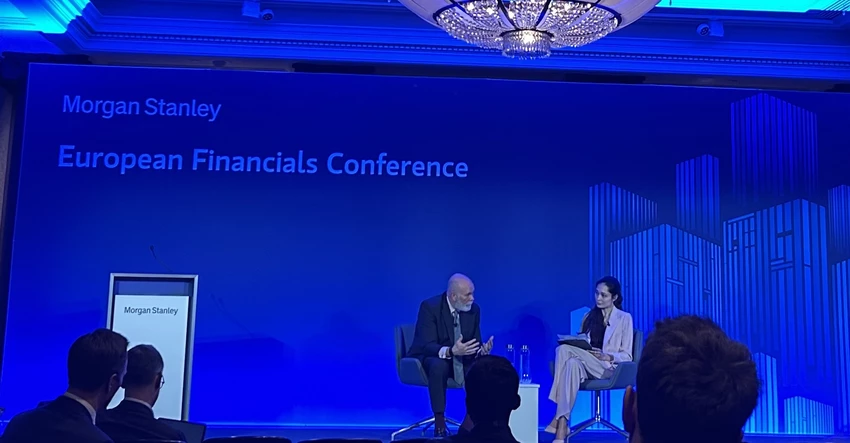The conversation began with an acknowledgement of the increase in geopolitical instability around the world, which had led to a “seesaw in sentiment” in recent months. Despite the turbulence, Smith said Nordea remained committed to delivering its target of a return of equity of above 15% for full-year 2025, supported by continued good execution.
“Consistently, over the last three or four years, the strongest markets for us in terms of [mortgage] loan growth have been Sweden and Norway, and we expect that to continue to be the case,” Smith said, noting that Nordea’s market shares in these markets were at lower than in Denmark and Finland and thus offered ample room for growth.
Smith said the Nordic banking markets were fiercely competitive, with aggressive pricing by some peer banks. Nordea’s response would be to focus on customer experience: “The way you combat that threat is with first-class products and first-class customer service.”
On the corporate side, Smith said lending remained slow, with clients watching for signs of improving consumer confidence that could support domestic consumption. “That’ll be delivered by lower [interest] rates and, we hope, greater political stability. Our customers need to feel better about the world before making substantial investments in properties or other assets.”
At the same time, Smith said Nordic economies were open, export-oriented markets with trading partners across the EU. Businesses would therefore also be looking at broader bloc-wide economic developments and, in particular, Germany’s recovery.

